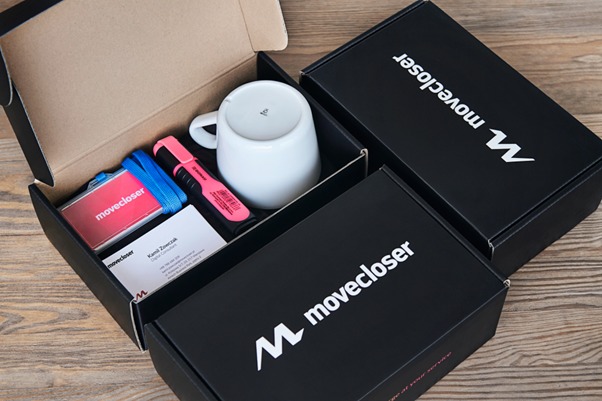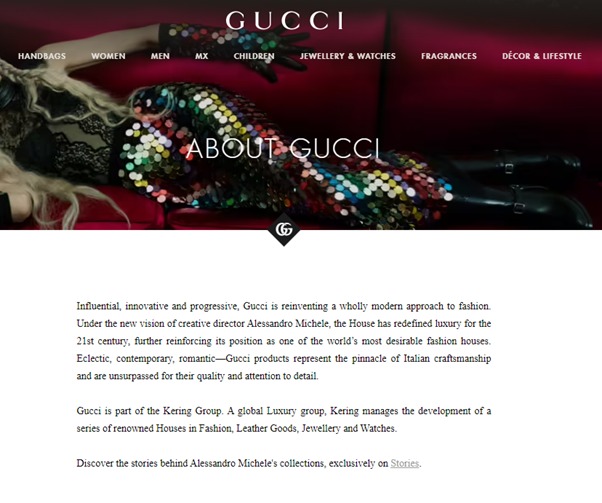Last Updated on October 30, 2024 by Owen McGab Enaohwo
Everyone has their ‘safe’ clothes. When you can’t find anything else to wear out, you always come back to wearing those clothes.
But those ‘nice’ sweatpants that you can wear to the cinema probably aren’t suitable for a wedding, no matter how ‘nice’ they are.
Taking this concept into the world of business, the way that you present your brand to potential customers isn’t always the best way to introduce yourself to potential employees.
Customers and talent are two incredibly different stakeholders. Both have different expectations of your company; talent might be happy to see your inner workings (i.e., your sweatpants), but customers don’t.
Alignment between HR, marketing, company branding, and employer branding must be done within the same system. However, the values, USPs, and motives aren’t always the same.
When an employer’s brand is too closely aligned with the company’s brand, there’s less ROI, mixed communication, and the wrong message delivered to the bad people.
So what does the HR team need to know about the company’s existing branding to represent it correctly? How can HR experts present the brand consistently but with entirely different USPs than the marketing department?
Well, in this article, we will look at precisely that.
What is company branding?
Branding is your logo.
And that’s it – right?
Not.
Your branding is your logo, but also so much more.
It’s the color palette and logo design you can make with the logo maker for your brand and the feelings and emotions that those colors invoke. This can be achieved quickly and easily thanks to logo template tools.
You decided to use ‘hey’ instead of ‘hello’.
It’s the images on your Instagram and the topics your CEO posts on LinkedIn.
It’s how you present the problems that your products solve.
Employer branding
Employer branding is the internal culture that a company creates. It’s an element of the brand’s story and how employees live our brand’s internal and external values.
The feelings that the colors on your careers page invoke amongst potential employees.
You send the automated ‘thanks’ emails when someone has submitted an application.
It’s the ‘behind-the-scenes images your company shares on social channels and the tone you use in your employment offer letters.
It’s how you present yourself as a valuable part of a candidate’s career.
It’s broad things like this and the last-minute things often overlooked. Like the signage on the door to your office, the printed tape you use on your packaging supplies, and the activities you do on integration camps.
In other words, it’s the same elements as company branding, just with different objectives and in different places.
Employer branding doesn’t need to follow company branding. This fatal flaw often results in lousy marketing, foul recruiting, or both.
However, company branding and employee branding need to live in the same world and echo similar design queues.
Employer branding as a function of HR
To oversimplify the process, HR managers are simply tools that get a good flow of talent into the company and have little bearing on how the brand looks and presents itself to stakeholders and customers.
However, that is, obviously, an oversimplification.
HR ensures that the company complies with labor laws, employs people ethically and that those who work for the company sync with its values and reflect it externally.
Employer and company branding symbiosis
Many HR specialists that represent the company don’t know how the company brands itself, let alone the values and propositions that the marketing department presents to the world. And while the importance that the two departments are pushing are different, they must be similar in their visual presentation, tone of voice, and delivery method.
Let’s look at community building amongst Facebook groups as an example. A community manager spends time engaging with their community of customers and fans and interacts with other communities of potential customers.
Rather than going into these unengaged communities and leading with ‘buy our product,’ they spend the time creating a rapport and trust between themselves. The brand is represented and the individuals in that community.
Does your HR manager spend the time building up relationships with potential candidates in similar Facebook groups, or is it more of a ‘dump and run’ strategy.
The messaging may be perfect in this situation, but the delivery is way off.
If you want to recruit and retain the best talent, you have to build a foolproof system that elevates and improves your internal processes for recruitment and assessing employee performance.
In a nutshell, you need to approach these talents the same way your marketing team approaches potential customers–by building trust and rapport and proving that your business is worth getting involved in.
Look at your ‘About us’ page
Whether you’re a SaaS company, e-commerce brand, or retail brand, it pays to have an ‘about us page. These pages are usually dedicated to talking about; no surprises here. Who you are, what sets you apart from the competition, and so on.
In most cases, you are ‘about us; the page is targeted toward your customers and helps them emotionally invest in your brand.
But, in the very beginning, you are ‘about us; the page is also a great place to explain why your company is a good place to work at. In time, as your company grows and scales, a dedicated ‘careers’ page is a must. This page will list open positions, but it will also do what the ‘about us’ page does but target potential candidates rather than customers.
Take a look below at Gucci USA’s ‘About us page.
It’s succinct. It’s short and directly to the point but what’s there emphasizes that the product is of the highest possible quality and incredibly exclusive.
Now, take a look at a job listing for Gucci:
The tone of voice is entirely different. Different messages are being delivered in wholly different ways. Things are different, but many things are also the same.
Visually, the typeface is the same. The letter spacing and size are the same; the background texture doesn’t change – there’s visual consistency.
Assess your brand book
A brand book is a document that comprises the brand’s visual assets, helping create the business’s visual identity. It contains visual aids but may also process documentation and usage limitations.
Speak to your company’s designers and get acquainted with your brand book. If there’s a brand book dedicated to the employer branding aspect of your business, even better – analyze that.
Look at your brand book objectively, not as an employee.
Why did the design team pick these shapes, colors, and fonts?
Liaise with your design team and find answers to these questions. Perhaps these fonts are ‘techy’ and make the complexity of your company’s goals a little easier to digest. Let that affect your employer branding.
Talk to marketing
Of all departments in your company, the marketing department should have the best understanding of your branding. Why?
It’s marketing’s job to put the brand in front of potential customers – and it’s the company branding that spearheads this.
Speak with marketing managers to discover channel-specific insights. For example, how does your brand market itself via email? What are the target personas? How did the marketing team pick the language and vocabulary to speak to these customers?
Take this information and use it to influence how you talk to your candidates via email.
The main point is this: your marketing team knows how to communicate and whom to communicate. Have them help you tailor whom your employer branding speaks to and how you talk to them.
Over to you
Working with your existing company branding to create quality employer branding can be challenging. HR managers need to think like designers and behave like marketers to represent the brand appealingly and recruit and onboard talent.
Finding a symbiosis between the two worlds can take a lot of trial and error, but when it works, you’ll see talent pipelines moving along as swiftly as marketing funnels.
About the author:
Phil is a bearded Australian living and working in Poland. When he’s not taking Packhelp’s fancy boxes to the world, he can be found trying not to kill his plants, pretending to be a stormtrooper.







